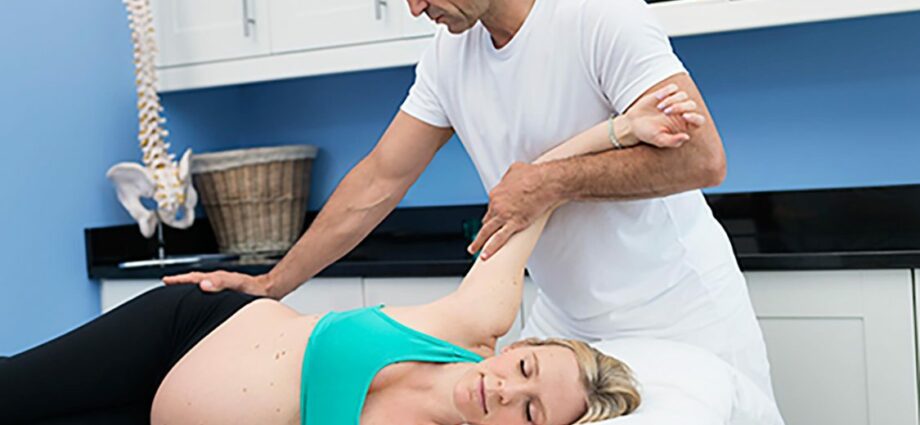Contents
Osteopathy: a solution to get pregnant quickly?
Today, more and more mothers-to-be have the reflex to consult an osteopath to relieve their pregnancy ailments. On the other hand, few women think about it to get pregnant. However, this manual medicine can prove to be a very useful boost during the period of conception, and even more so in the event of functional infertility.
The link between fertility and osteopathy
Osteopathy is a manual medicine which is based on this key principle: the anatomical structure governs the function of the organ. The osteopath will therefore focus, with his hands, to test the whole body to look for possible mechanical blockages and lack of mobility, then to restore this mobility so that all the functions of the organism are optimal. For this he uses gentle manipulations and mobilization techniques on the different tissues of the body: muscles, joints, bones, viscera …
This approach also applies to reproductive functions. A fall, a shock, repeated infections, after-effects of surgery can cause a blockage or a lack of mobility in certain areas of the body, with repercussions on the different stages of procreation (ovulation, fertilization, implantation) by disrupting the hormonal secretions or the quality of the uterine lining for example.
What fertility disorders can osteopathy cure?
Osteopathy can help treat functional infertility problems, that is, when the different reproductive organs (uterus, ovary, tubes) do not work properly but do not have organic problems or damage. Osteopathy is particularly indicated in cases of unexplained infertility, after-effects of abdominal, gynecological or urinary surgeries, pain during sexual intercourse, history of miscarriages or uterine curettage, irregular cycles, history of shock at the level of the pelvis or the head.
Osteopathy can also be a complement to treatment with AMP (medically assisted procreation), and in particular hormonal stimulation or IVF. Before IVF, osteopathy can help the body function as well as possible in order to accommodate the embryo.
What the osteopath will do
The consultation begins with an interrogation on the medical, gynecological, obstetric history and the course of conception.
Whatever the reason for consultation, the osteopath will always start by considering the body as a whole. During a consultation for fertility problems, he will then focus more specifically on four key areas for reproductive functions:
- the pelvis, whose mobility is essential for the proper functioning of the uterus, ovaries, tubes, the flow of the oocyte then the fertilized egg, and the proper vascularization of the uterine lining;
- the gynecological sphere (ovaries, uterus, tubes);
- the lumbar zone, because a blockage can hamper the nerve flow of the various nerve roots connected to the uterus and the ovaries;
- the cranial sphere and the cervical spheres, because a blockage in this zone can hinder the good functioning of the pituitary gland, true orchestra conductor of the hormones of the reproduction.
First, he will test these different areas with his hands in order to detect possible mechanical blockages and lack of mobility. Then with gentle mobilizations and manipulations on the different tissues, he will restore their mobility. All his maneuvers are external, because the osteopath is not authorized to perform internal maneuvers, unless he is a midwife or doctor.
Two to three sessions are usually necessary.
What if osteopathy doesn’t work?
In any case, osteopathy should not be presented as the magic wand that will allow you to get pregnant quickly. This manual medicine should be considered as an additional means, in addition to or before AMP techniques, to help the body to regain normal functioning. In the event of failure, conventional care should therefore be continued.










